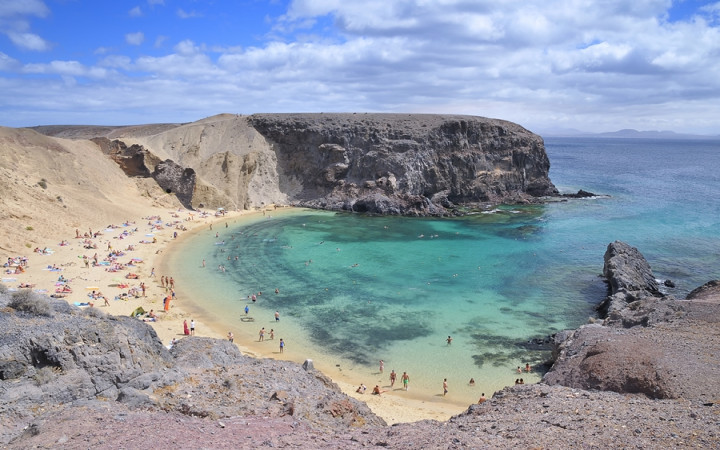Today’s Wonder of the Day was inspired by Paul. Paul Wonders, “What are the Canary Islands named after?” Thanks for WONDERing with us, Paul!
How does a few days on a tropical island paradise sound? Pretty good, right? Nothing but the sun's rays to warm your body and the soothing sounds of the sea to sing you to sleep as you nap on the beach…yes, please!
If that sounds good to you, where should you go? If you're looking for a recommendation, we've got one for you. How about a trip to the Canary Islands?
The Canary Islands are an archipelago of eight islands off the northwest coast of Africa. Even though they're closer to Africa than Europe, the Canary Islands are part of Spain. Over 2 million residents call the Canary Islands home!
The Canary Islands have an interesting and unique claim to fame. They have not one, but two capital cities: Santa Cruz de Tenerife and Las Palmas de Gran Canaria. Remember that fact. It could come in handy during a trivia contest someday! One of the capital cities—Santa Cruz de Tenerife—holds the second most popular carnival in the world every February, drawing over a million visitors annually.
The Canary Islands were formed by volcanic activity. The largest island, Tenerife, features Mount Teide, which is the world's third largest volcano. It lures over 12 million visitors each year.
Tourism is important to the economy of the Canary Islands. The beautiful beaches scattered throughout the islands are popular spots for visitors, especially since the islands sit close to the equator and enjoy a subtropical climate throughout the year.
But there are many other attractions, such as four national parks and a wide variety of interesting wildlife. For example, if you go diving off the coast of the Canary Islands, you might get a glimpse of the rare, endangered Loggerhead turtle.
You may be WONDERing how the Canary Islands got their name. Although it might seem logical, they're actually not named for the little yellow bird commonly known as the canary. Instead, the islands get their name from a Latin term—Insula Canaria—which means “Island of the Dogs."
The ancient Romans who first visited the islands gave them this name. Some historians believe the name came from the fact that the original residents of the islands worshiped dogs. Others believe the dogs referred to were actually Monk Seals, which in Latin were translated as “sea dogs."
Standards: CCRA.L.3, CCRA.L.6, CCRA.R.1, CCRA.R.2, CCRA.R.4, CCRA.R.10, CCRA.SL.1, CCRA.W.3, CCRA.L.1, CCRA.L.2




